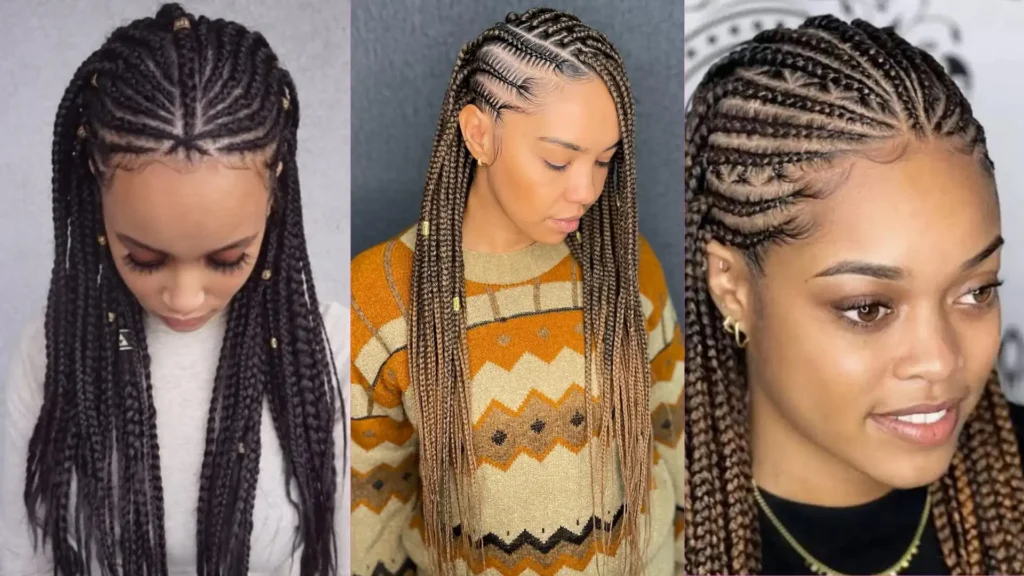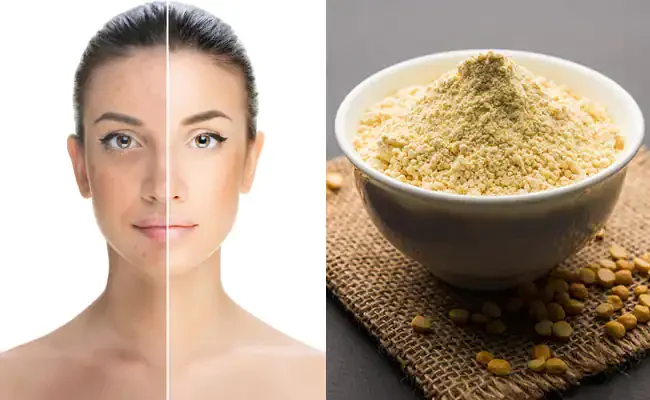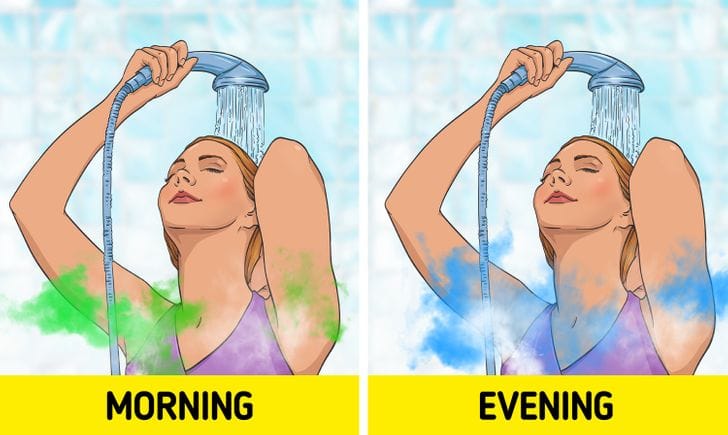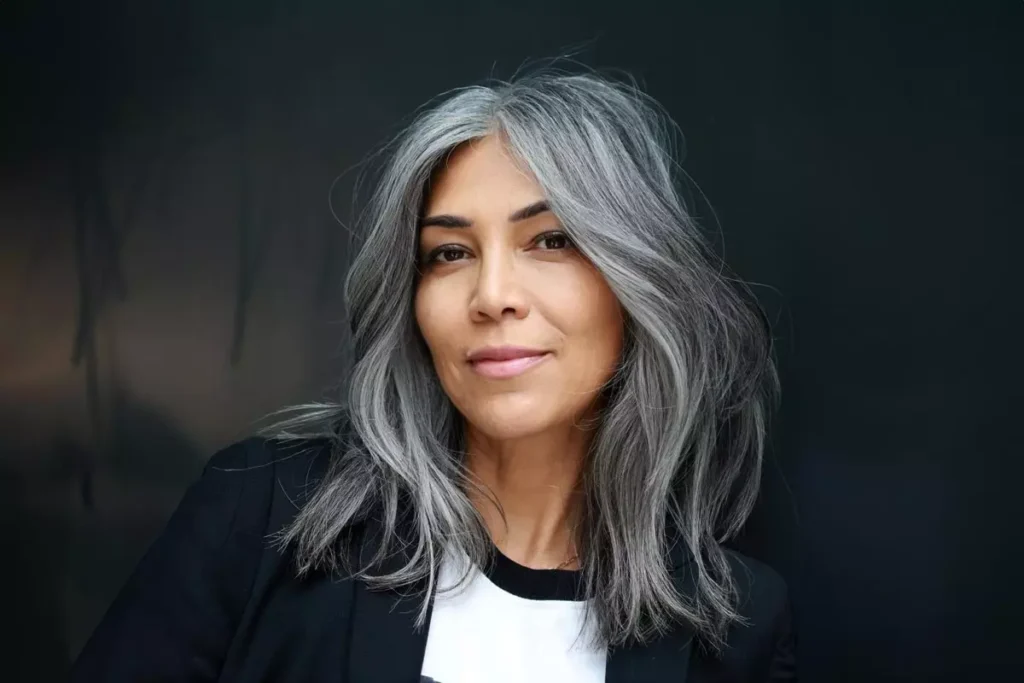Tribal braids are an ancient and cherished hairstyle rooted deeply in African cultures. These intricate braiding styles have traveled through time, carrying historical significance and cultural pride. Today, tribal braids have surged in modern popularity, celebrated for their aesthetic appeal and cultural resonance. From runways to red carpets, and everyday life, tribal braids are a testament to the enduring beauty and versatility of African hair traditions.
What Are Tribal Braids?
Tribal braids are a collective term for various traditional African braiding styles, each with unique patterns and cultural meanings. These braids are characterized by their intricate designs and often incorporate accessories like beads and shells. Unlike other braiding styles, tribal braids are deeply rooted in cultural history, often symbolizing age, marital status, wealth, and social position within tribes.
History and Cultural Significance
The origins of tribal braids can be traced back to ancient African civilizations, where hair braiding was more than just a beauty routine—it was a significant social activity. In many African cultures, braiding was a communal activity, a time for bonding and storytelling. Each tribe had distinct braiding styles that carried specific meanings, symbolizing everything from social status to warrior prowess. Over time, these styles evolved, blending with modern influences while retaining their cultural essence.
Types of Tribal Braids
Fulani Braids
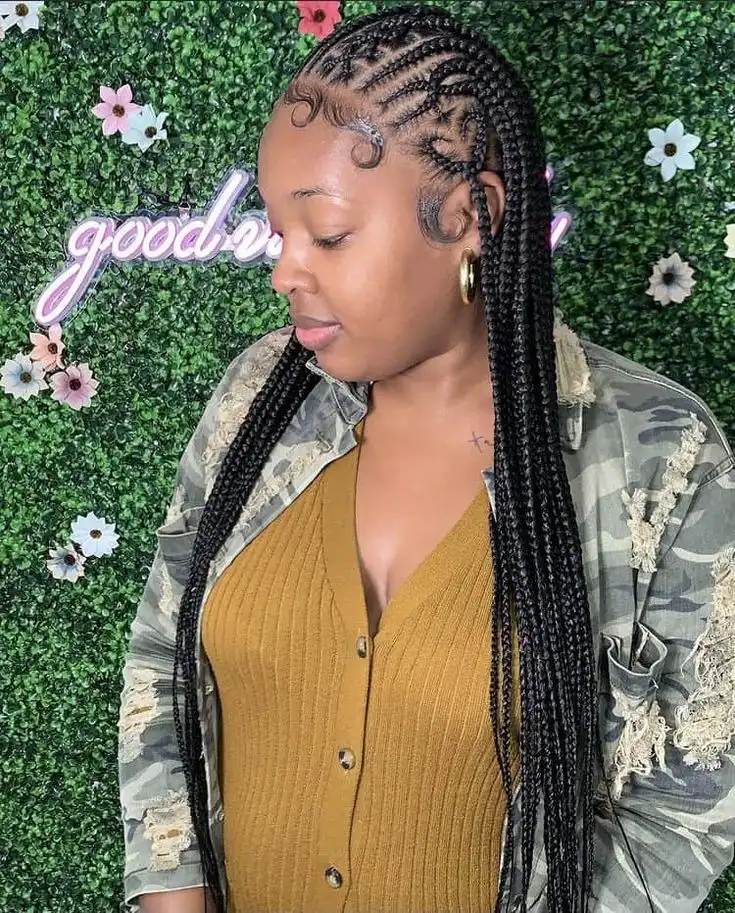
Description and Features: Fulani braids typically feature thin-to-medium plaits adorned with beads and accessories. These braids often incorporate a center braid or twist and side-swept patterns.
Historical Background: Named after the Fulani people of West Africa, these braids have been a part of the tribe’s cultural identity for centuries. Traditionally, Fulani women wore these braids as a symbol of their beauty and social status.
Popular Styles and Variations:
- Side-swept Fulani braids
- Fulani braids with shells
- Fulani braids with cornrows
Ghana Braids
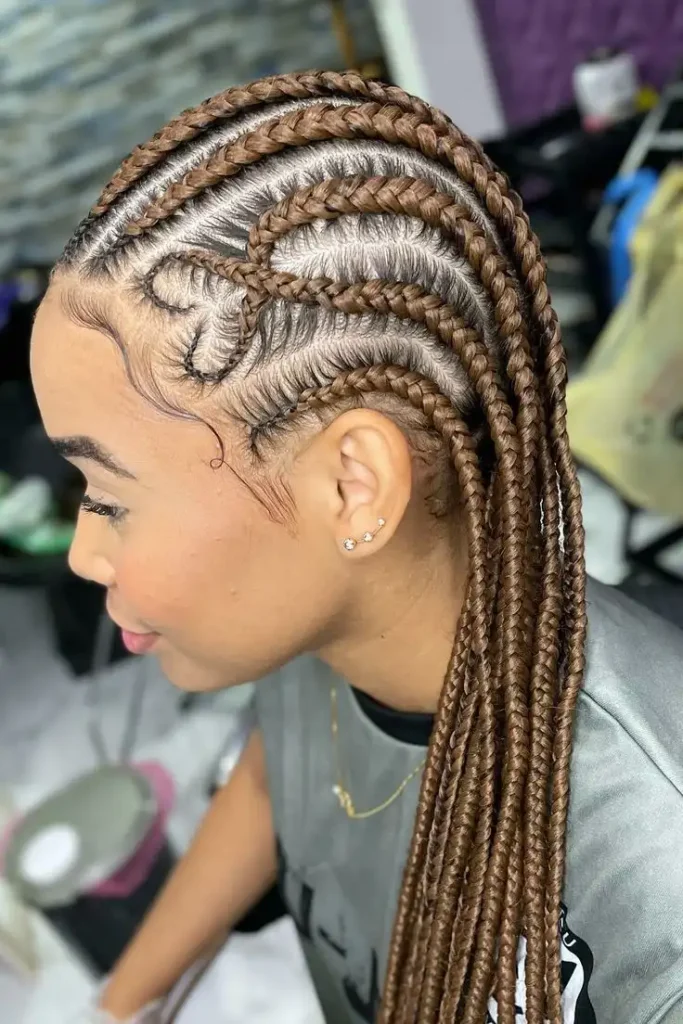
Ghana braids, also known as banana braids, involve a technique of feeding in hair extensions to create thicker, more pronounced braids. Additionally, this style allows for various creative patterns and designs. Moreover, the use of extensions helps achieve a fuller, more voluminous look. Therefore, Ghana braids are both practical and stylish, offering a protective hairstyle that also stands out.
Historical Background: Originating from Ghana, these braids are a traditional style that has been passed down through generations. They were originally worn by warriors and later became popular among women for their elegant appearance.
Popular Styles and Variations:
- Zig-zag Ghana braids
- Ghana braids with a ponytail
- Colorful Ghana braids
Box Braids
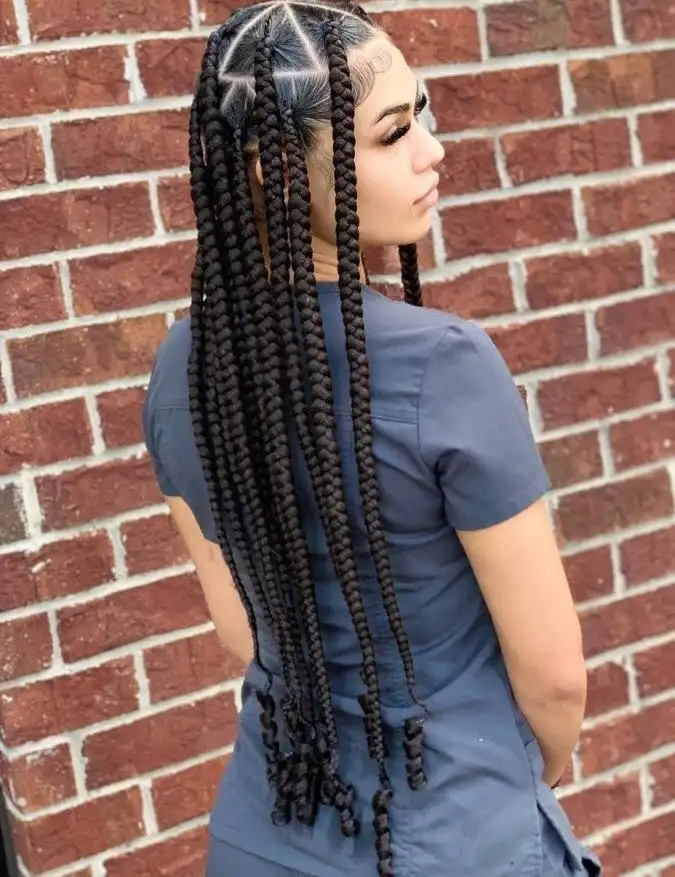
Description and Features: Box braids are individual plaits divided by small square-shaped parts. They can be worn in various lengths and sizes.
Historical Background: Though box braids are now a global phenomenon, their roots are deeply entrenched in African culture. Historically, these braids were a practical hairstyle that also allowed for creative expression.
Popular Styles and Variations:
- Jumbo box braids
- Medium-sized box braids
- Micro box braids
Cornrows
Description and Features: Cornrows are tight, close-to-the-scalp braids that can be styled in straight lines or intricate patterns.
Historical Background: Cornrows have been a significant part of African culture for thousands of years. They were used as a form of communication and represented various aspects of life, including social status and religious beliefs.
Popular Styles and Variations:
- Classic straight-back cornrows
- Cornrows with geometric patterns
- Cornrows with braids
Other Variations
Goddess Braids: Larger and thicker than typical braids, often styled in intricate patterns.
Knotless Braids: A variation of box braids that start with your natural hair and gradually add in extensions, reducing tension on the scalp.
Beaded Braids: Incorporating beads into braids for added flair and cultural significance.
How to Style Tribal Braids
Preparing Your Hair:
- Cleanse and deep-condition your hair
- Detangle thoroughly
- Apply a leave-in conditioner
Step-by-Step Guide to Braiding:
- Part your hair into sections.
- Apply a braiding gel for a sleek finish.
- Begin braiding close to the scalp, adding extensions if desired.
- Continue braiding down the length of the hair.
- Secure the ends with small elastics or dip in hot water for sealing.
Tools and Products Needed:
- Rat-tail comb
- Braiding gel
- Hair extensions
- Beads and accessories
- Elastic bands
Tips for Maintaining Braids:
- Wrap your hair at night with a silk scarf or bonnet
- Use a light oil to keep your scalp moisturized
- Avoid excessive manipulation to prevent frizz
Part 2
Popular Tribal Braids Hairstyles
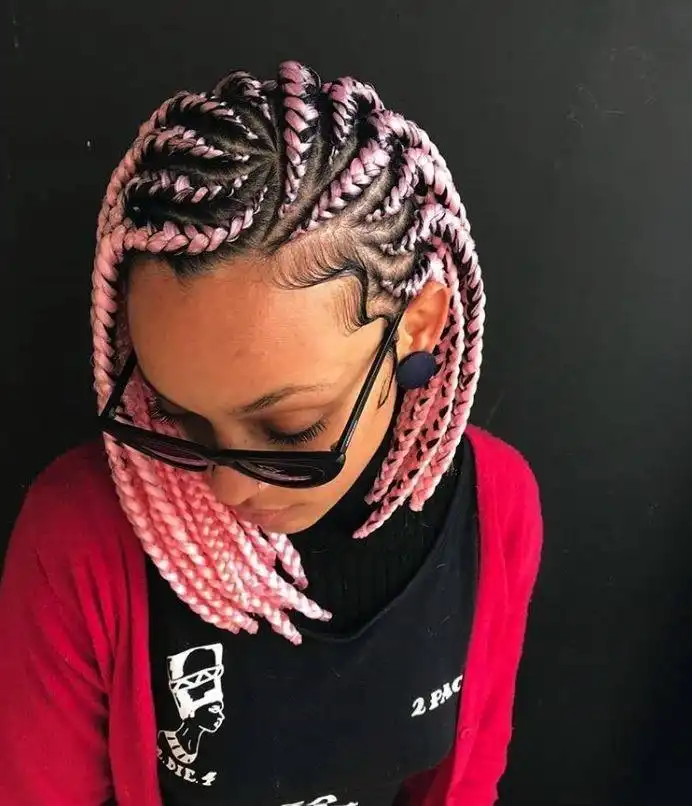
Long Tribal Braids: Ideal for those who love length and versatility. These braids can be styled in various ways, including updos and ponytails.
Short Tribal Braids: A chic and manageable option, perfect for those looking for a low-maintenance style.
Tribal Braids with Beads: Adding beads can give your braids a personalized and culturally enriched look.
Side-Parted Tribal Braids: This style offers a modern twist, adding a touch of sophistication to the traditional look.
Tribal Braids into a Bun: A practical and elegant style, perfect for both casual and formal occasions.
Layered Tribal Braids: This style adds dimension and texture, making your braids look fuller and more dynamic.
Tribal Braids with Curly Ends: Combining braids with curls at the ends creates a playful and trendy look.
Benefits of Tribal Braids
- Protective Hairstyle: Shields your natural hair from environmental damage.
- Low Maintenance: Once styled, requires minimal daily upkeep.
- Versatility in Styling: Can be worn in various styles and accessorized.
- Longevity: With proper care, tribal braids can last several weeks.
FAQs About Tribal Braids
How long do African braids last? Typically, they last between 4 to 6 weeks with proper care.
Can African braids damage my hair? When done correctly and not too tight, they should not cause damage. It’s essential to give your hair breaks between styles.
How do I maintain my African braids? Keep your scalp moisturized, avoid heavy products, and wrap your hair at night.
Can I wash my hair with tribal braids? Yes, but use a diluted shampoo and focus on the scalp. Make sure you thoroughly dry your braids to prevent mildew.
Are African braids suitable for all hair types? Yes, but the technique and care may vary depending on hair texture.
Conclusion
Tribal braids are a celebration of cultural heritage and personal style. Their versatility, beauty, and protective qualities make them a beloved choice for many. Whether worn for their historical significance or contemporary flair, African braids continue to be a powerful expression of identity and artistry.
Useful articles :
- African braiding styles
- Protective hairstyles
- Hair braiding techniques
- Traditional African hairstyles
- Hair maintenance tips
- Beaded braids
- Fulani hairstyle
- Ghana weaving
- Knotless braids
- Cultural hairstyles
Relevant External Links
- Natural Hair Care Guide: natural hair care tips
- History of Braiding: history of hair braiding
- Hair Products for Braids: best products for braids
- Follow us on Facebook :
- Follow us on Pinterest

